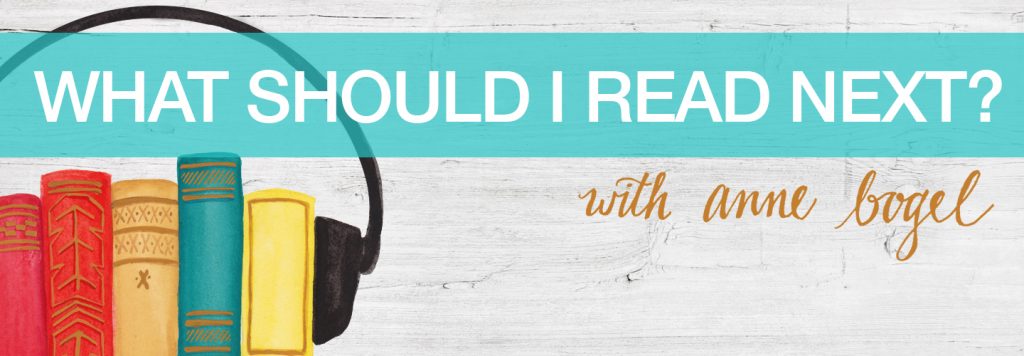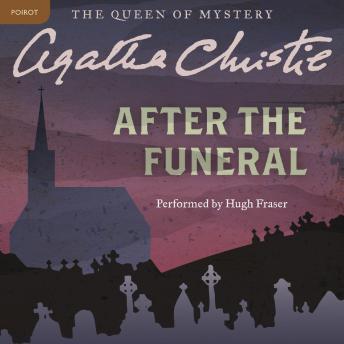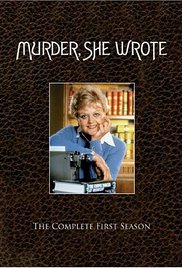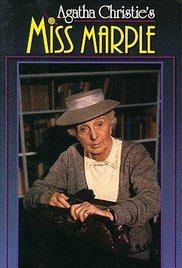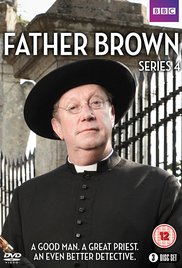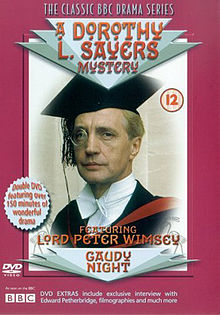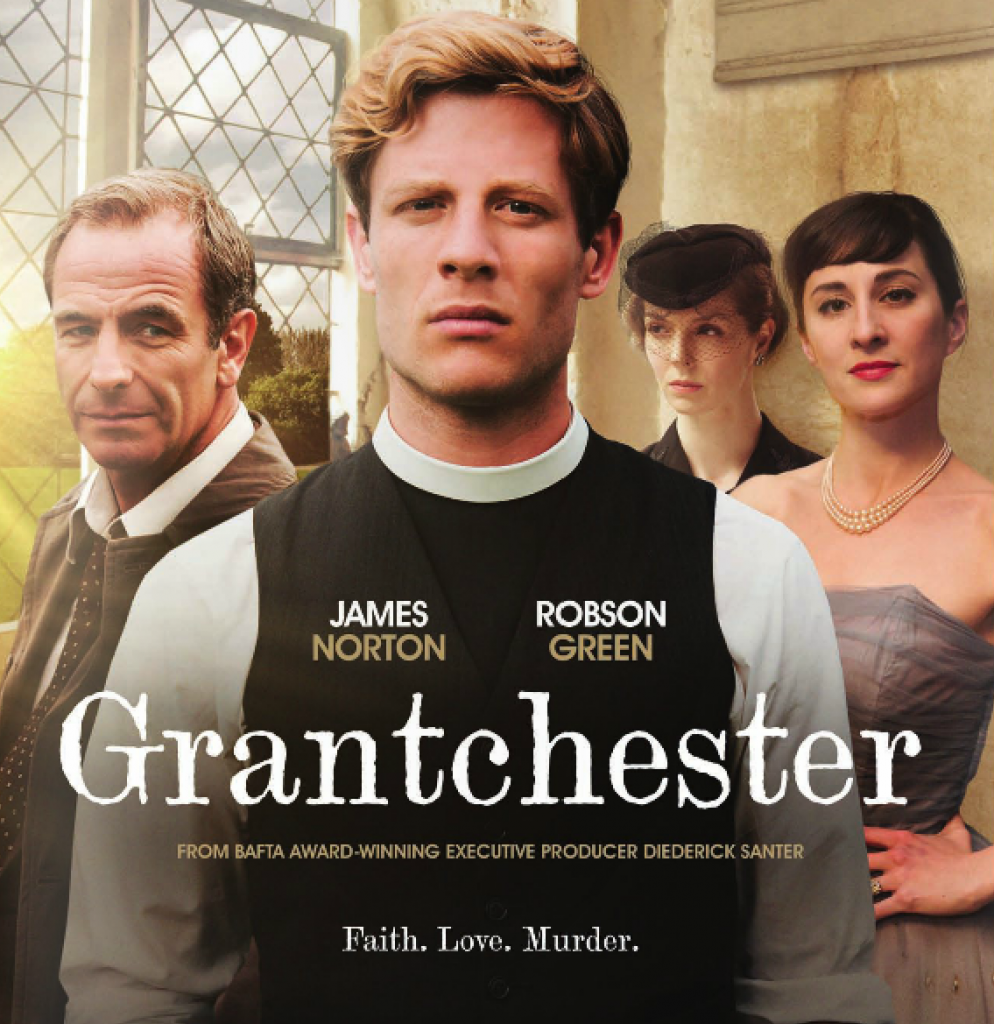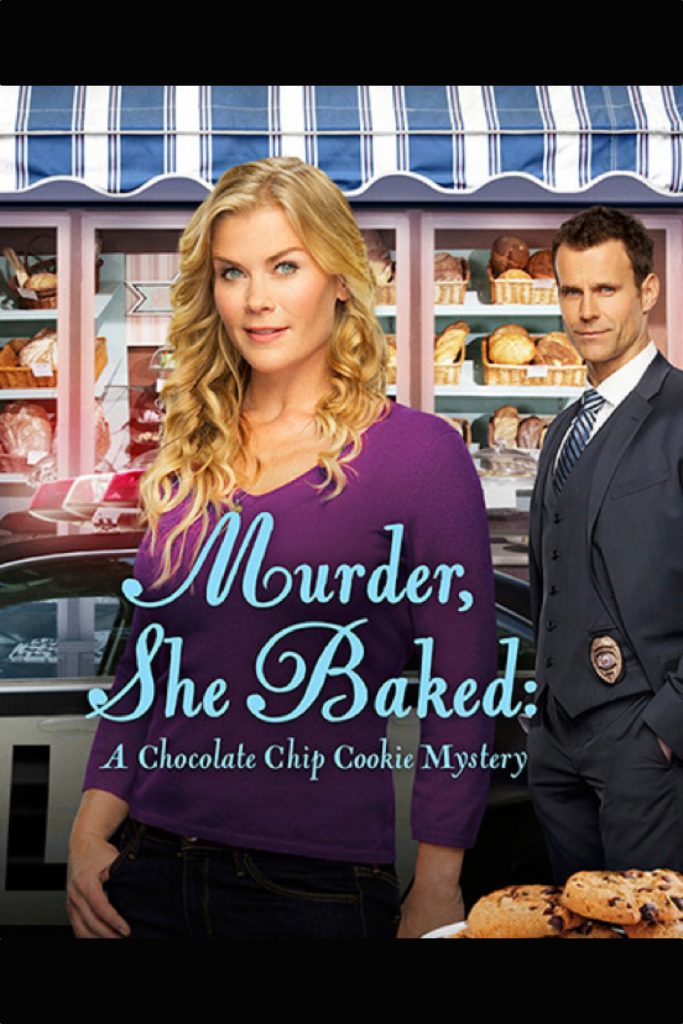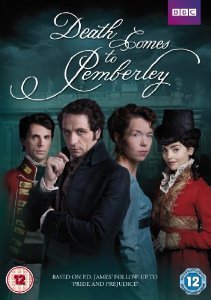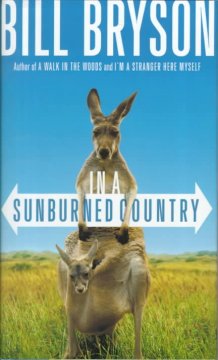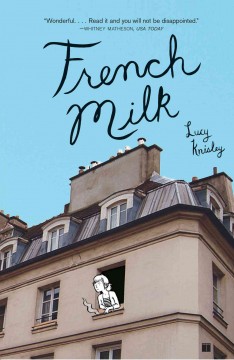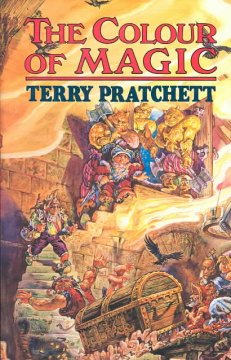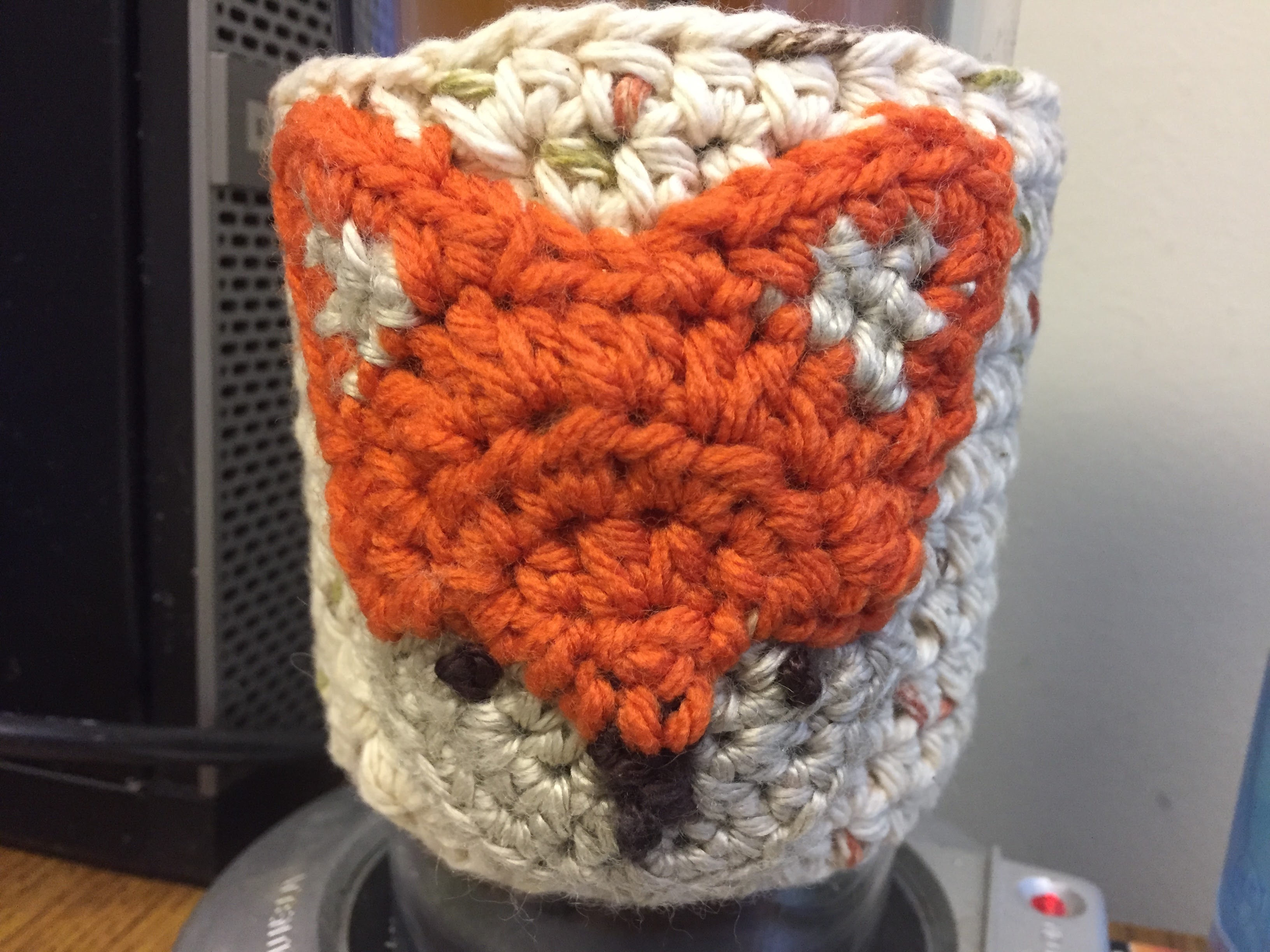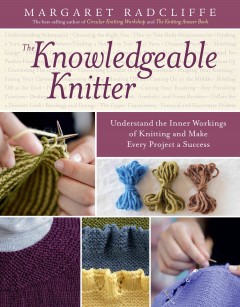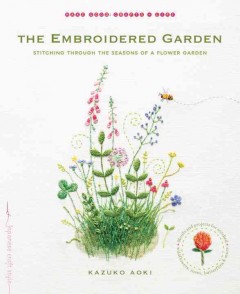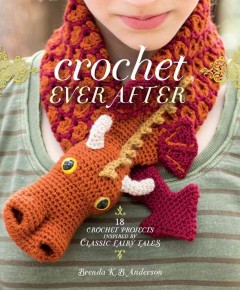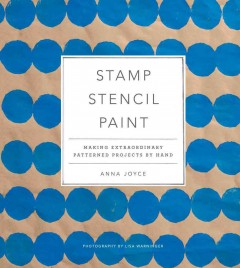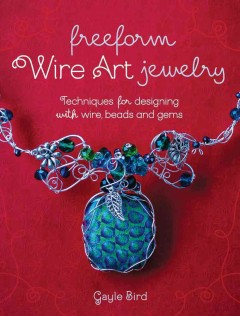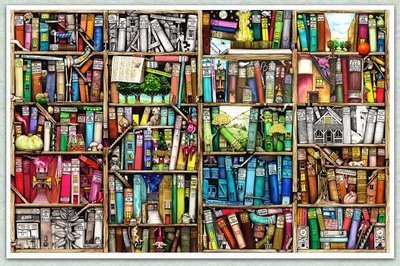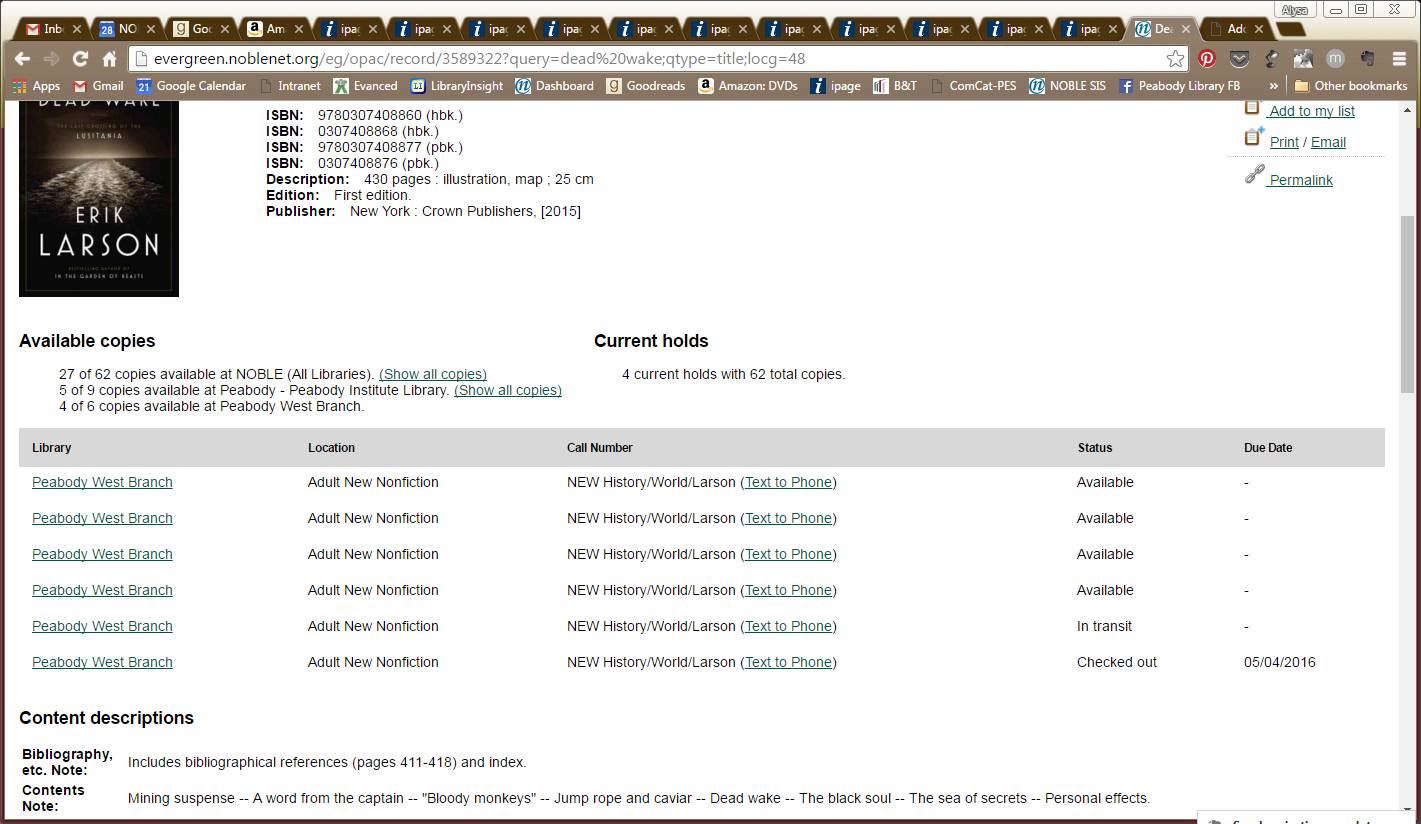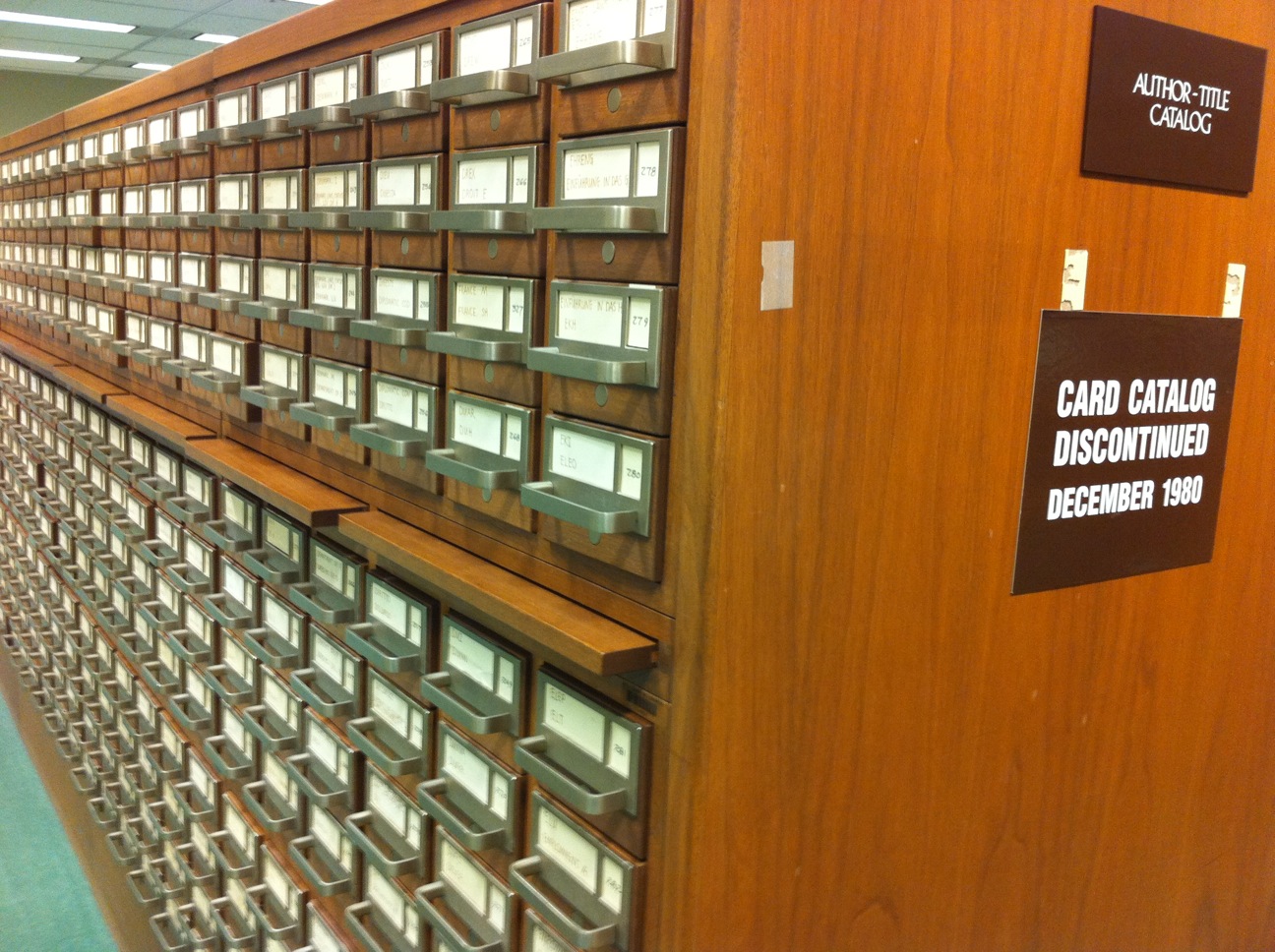
Recently on the library’s Facebook page, our excellent Archivist posted an article from blog favorite Book Riot about reading rules. This wasn’t a recent article from Book Riot, but it was new to me and so I read it with the usual alacrity I give to things bookish (i.e. a lot). While I didn’t find it to reveal a great deal about the personality of the writer, or myself (as indicated in the title), it did get me thinking about my own reading rules.
I definitely have reading rules. I always have, even though they’ve changed somewhat as I’ve grown and changed with my books. When I was a kid, I was a voracious reader (OK, that much hasn’t changed) but I was a fan of purchasing books nearly to the point of being a book hoarder. The library was always a part of my life, but it was mostly for research and standalone books. If a new book came out in a series I was reading (particularly The Baby Sitter’s Club) I was there, allowance money in hand, only to go home and read it in 2 hours and carefully place it on my shelf with the others. Now that the library is a larger part of my life, and since my reading tastes are so varied I couldn’t possibly purchase even a fraction of the books on my to-read list, I’m definitely more of a book-borrower than a book-buyer. A few other of my reading rules have changed, but for now, here are my own personal reading rules:

1) Always document reading. This is particularly important rule for me now that most of what I read isn’t purchased, which means I don’t have the luxury of wandering through my bookshelves to reminisce about the story, characters, etc. This is also gives me recourse when I read a plot summary of something that sounds vaguely familiar; I can check to see if I’ve read it before. Book journals and lists have helped me in the past, but as I’ve mentioned here before, I’m a pretty aggressive user of Goodreads to track what I’ve read and what I want to read. While the book journals are comforting and often adorable, there’s something to be said for a searchable book database that can tell you not only what you’ve read, but when you read it as well.
2) Books must remain pristine. This is one with which I’m sure many people won’t agree with me. I’m not a dog-earer (though I was in a past reading life) and I’ve never been a spine-breaker. For me, books are a totem, items that aren’t necessarily sacred, but deserve an exorbitant amount of respect. I have paperbacks I’ve read multiple times that look, at least from the outside, as though they’ve never been read. For me, a well-loved book doesn’t have to look that way (another reason not to judge a book by it’s cover). I know in my heart (and on my reading list) that the book is well-loved and that’s good enough for me.
3) Certain bookmarks for certain reading. I agree with the Book Rioter about this rule. Some bookmarks just seem made for certain books. I’ve previously mentioned my “Travel by Book” bookmark. This is used specifically for the travel memoirs that I love reading. I have a “Celebrate the Season” bookmark with some adorable cartoon penguins that is reserved solely for the reading of Christmas books. Library books get an embroidered bookmark I purchased as a kit in a London gift shop as it’s thick enough for me to notice when it’s still in the book, so I don’t accidentally return it to the library.
4) My books and books that are not mine remain separate at all times. It’s not that I’m some sort of purist about my books versus other books and never the twain shall meet. I’m just very persnickety about making sure that books end up back with their rightful owners, be it the library, a friend who was kind enough to loan something to me or books that I’m weeding from my personal collection and are going to donate. My library books have their very own spot next to my bed, and unless I’m currently reading one of them, that’s where they stay until they go back to the library. You get the idea…
Perhaps you have your own rules about reading. Reading Rainbow has delightful rules about reading that I think are worthy of everyone following. Or, perhaps you feel I take my books too seriously. (I am a librarian, after all!) I suspect, however, that if you’re a reader of this blog, you have some of your own rules about reading and whether or not they agree with mine, they deserve to be followed. And for your reading pleasure, here are some books about and/or written by people who tend to take books as seriously as I do:
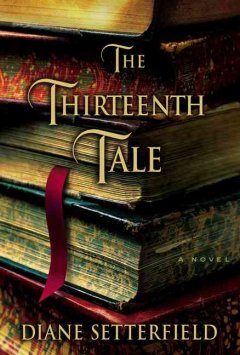 The Thirteenth Tale by Diane Setterfield
The Thirteenth Tale by Diane Setterfield
I utterly adored this novel, largely because the author had so many beautiful passages about books as objects and books as portals to the soul. The story itself, about a woman who is personally invited to take down the memoirs of a well-known author who is gravely ill and the secrets she reveals, is gripping in its own right and has a beautiful, Gothic tone that makes the book lovely and atmospheric. The main character also works in an antiquarian bookshop. This book is essentially a Meta book-about-books and what the process of writing and reading means to different people. I have no doubt that both of the primary characters have their own rules about reading.
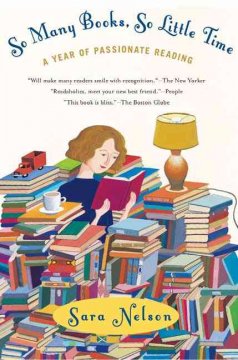 So Many Books, So Little Time: A Year of Passionate Reading by Sara Nelson
So Many Books, So Little Time: A Year of Passionate Reading by Sara Nelson
This book isn’t so much about reading rules as it is about rediscovering a passion for reading. Nelson sets out with a 52-week plan to read a book a week for the entire year and record her experiences with those books. What results is a deeply personal account of the intersection of books with our lives and relationships. Warning: her bookish enthusiasm will likely increase your to-read list substantially.
 Into the Looking-Glass Wood: Essays on Books, Reading and the World by Alberto Manguel
Into the Looking-Glass Wood: Essays on Books, Reading and the World by Alberto Manguel
Novelist Manguel puts down his thoughts on books and reading and how they have affected him in crucial points in his life. His essays talk about childhood reading experiences, how his world is shaped around language and how it’s used (he’s multi-lingual) and how reading affects his humanity. These essays are deep, lovely and utterly delightful. They gripped me as much as any plot-driven novel simply because there was so much thought and feeling behind them.
 Mr. Penumbra’s 24-Hour Bookstore by Robin Sloan
Mr. Penumbra’s 24-Hour Bookstore by Robin Sloan
This is a book about reading, the pursuits of a lifetime passion and how they can engage our lives in unusual, unexpected ways. This book has literature, details about typeface (put together in an interesting way one would have previously thought impossible) and a global conspiracy that integrates the technological world with more traditional forms of reading in a way that shows how both can be necessary and enlightening. (Oh, and many of the covers glow in the dark!)
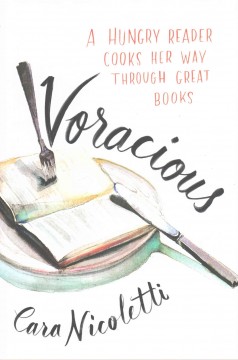 Voracious: A Hungry Reader Cooks Her Way through Great Books by Cara Nicolietti
Voracious: A Hungry Reader Cooks Her Way through Great Books by Cara Nicolietti
This book puts together two of my favorite things, books and food, and in a passionate, delightful way. Nicoletti has a deep-rooted understanding of how books and food can bring people closer or enliven them and seeks her own adventures as such by cooking the dishes that appear in the literature she’s read. From Emma’s soft-boiled egg, to brown butter crepes from Gone Girl to a clam chowder inspired by Moby Dick, nothing is off-limits so long as it involves both food and books. This is my kind of read! (And no, I don’t have a reading rule against eating while reading.)
Till next week, dear readers, I hope your reading, whatever rules you may apply to it, gives you pleasure and comfort. Happy reading!





